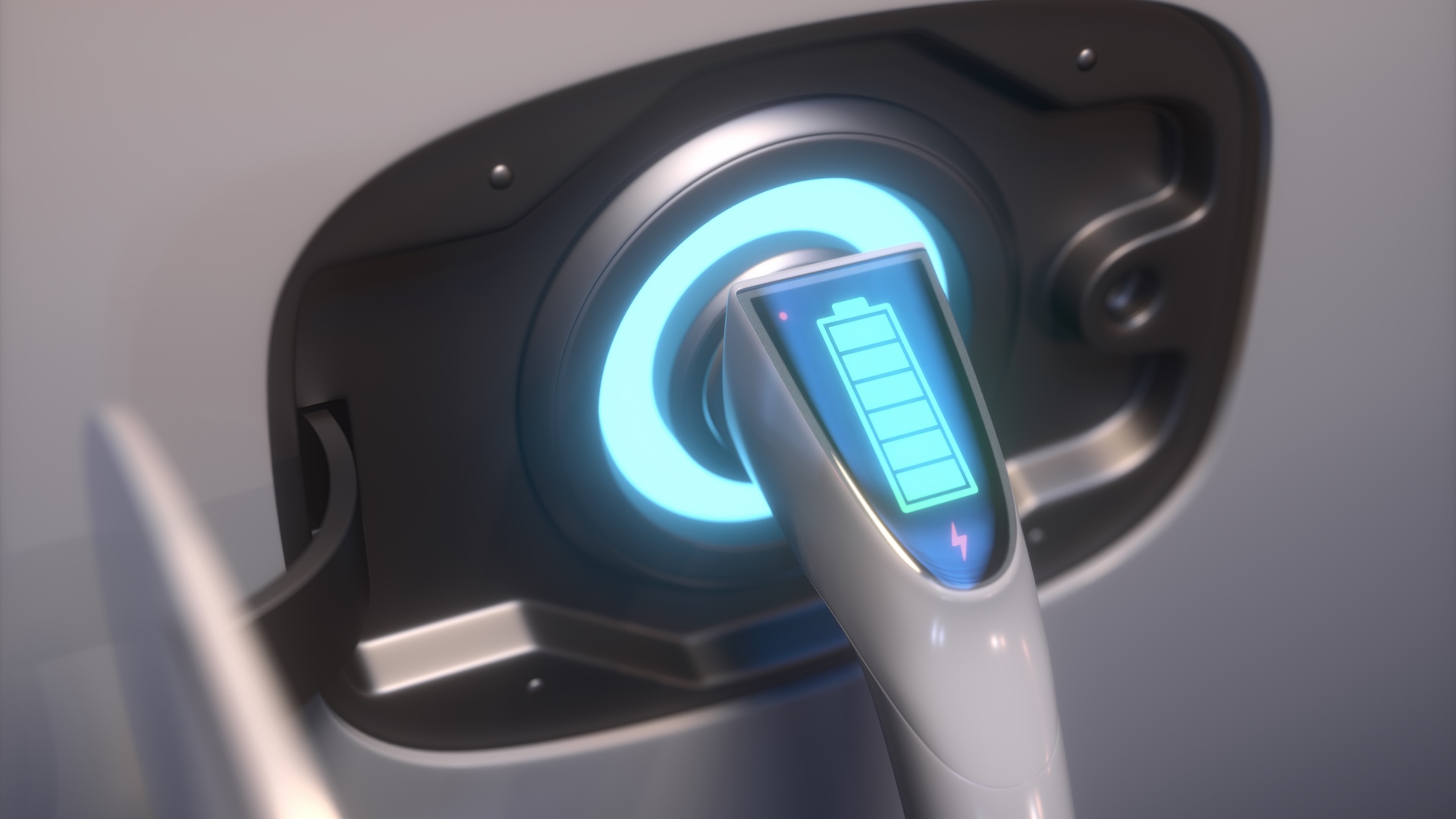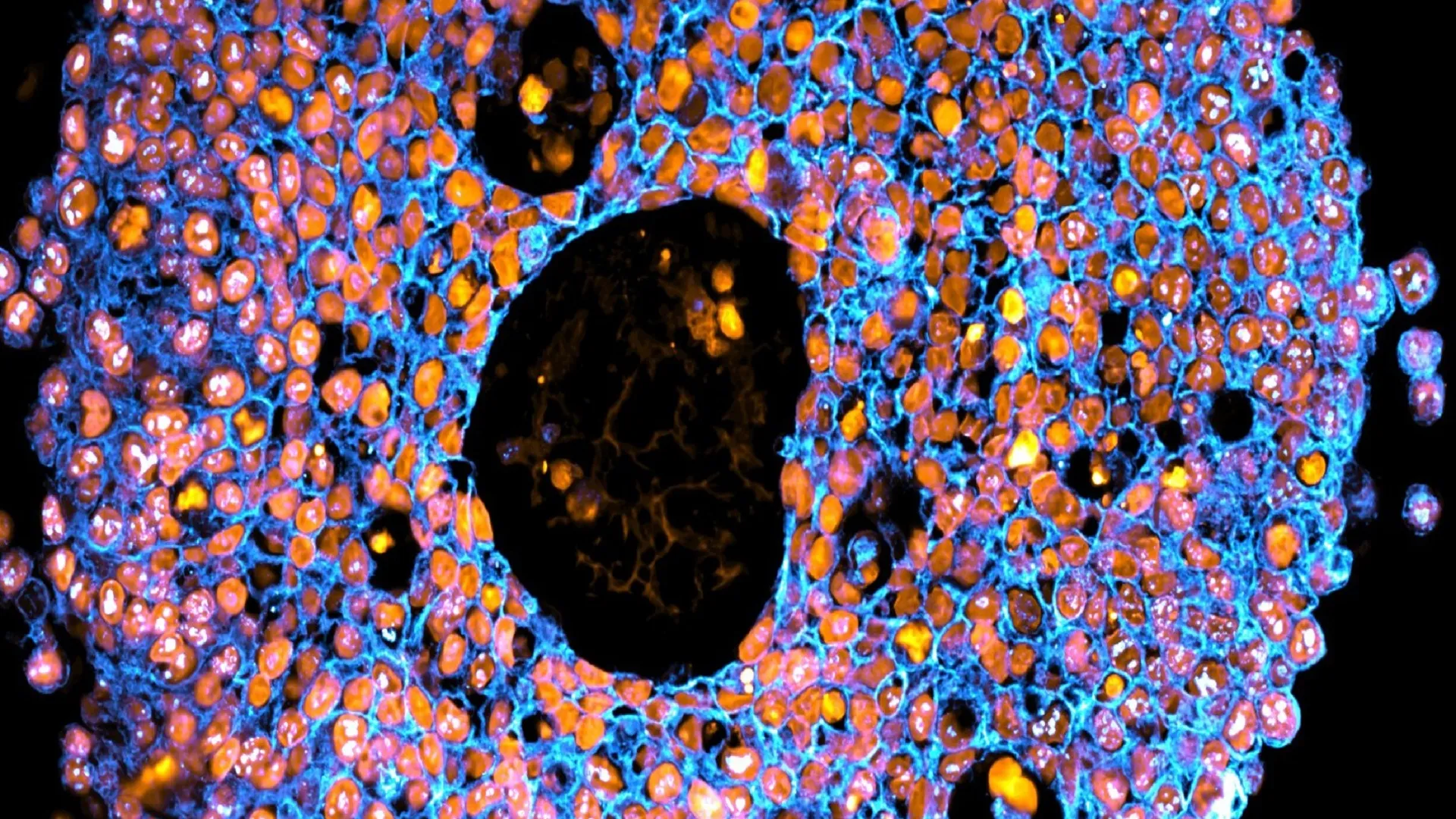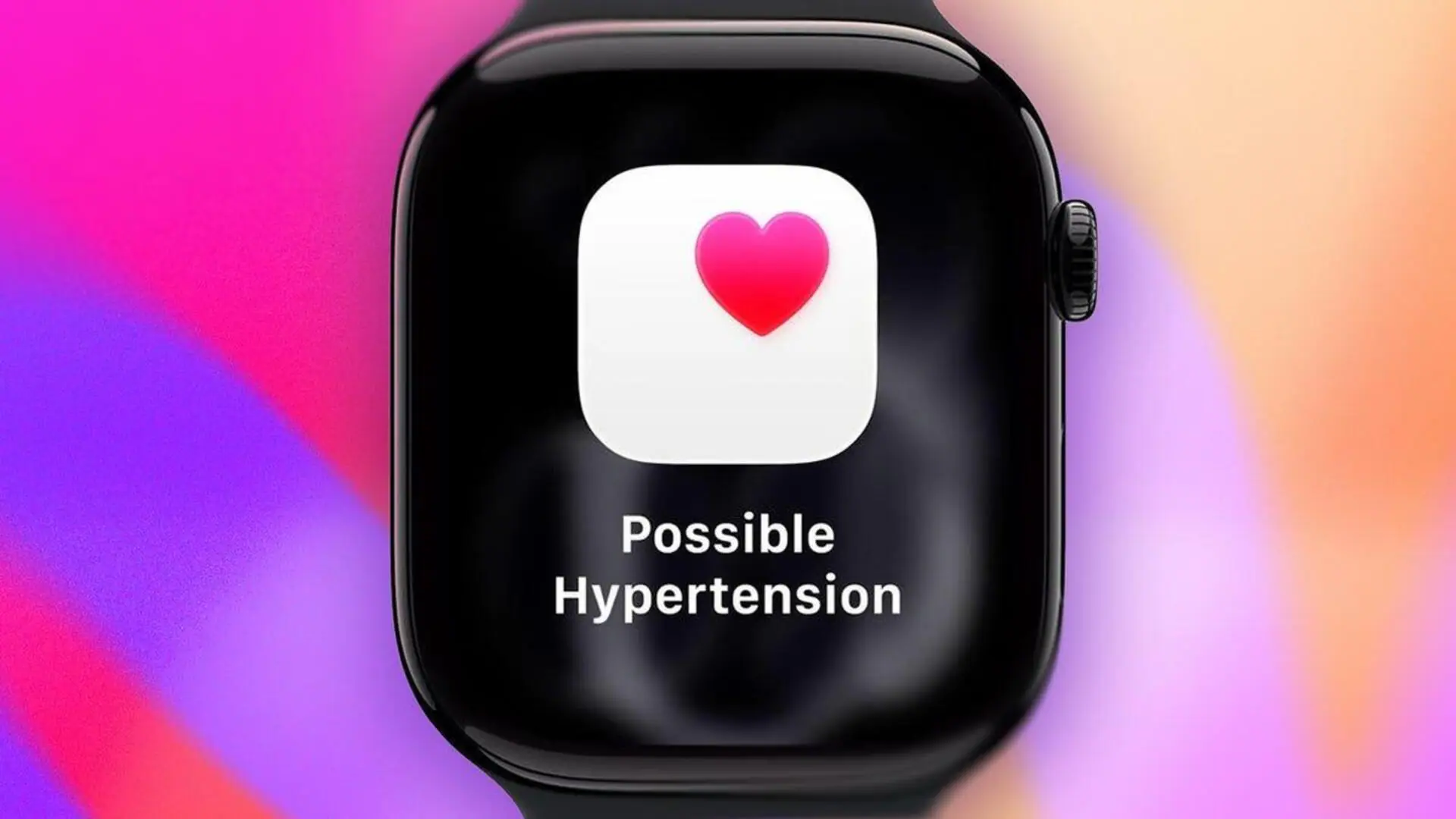By Owen Hughes
Copyright livescience

Skip to main content
Close main menu
Live Science
Sign up to our newsletter
View Profile
Search Live Science
Planet Earth
Archaeology
Physics & Math
Human Behavior
Science news
Life’s Little Mysteries
Science quizzes
Newsletters
Story archive
COVID vaccine poll
Ant clones members of another species
JWST takes best image yet
Science history: Gravitational waves detected
Best star projecter
Don’t miss these
Japanese power breakthrough could be ‘step toward a fully wireless society’
Electronics
Laser-blasted ‘black metal’ could make solar technology 15 times more efficient
Your household gadgets could soon be battery-free — scientists create tiny solar cells that can be powered by indoor light
Electronics
New liquid metal-infused circuit board can withstand heavy damage and heal by themselves
Electronics
Quantum materials with a ‘hidden metallic state’ could make electronics 1,000 times faster
Electric Vehicles
How ‘flying boats’ are bringing EVs to the ocean — with the help of LeBron James and Tom Brady
Electronics
Scientists invent weird, shape-shifting ‘electronic ink’ that could give rise to a new generation of flexible gadgets
Engineering
A scalding hot ‘sand battery’ is now heating a small Finnish town
Engineering
China builds record-breaking floating wind turbine — it could change the face of renewable energy
China launches world’s first robot that can run by itself 24/7 — watch it change its own batteries in unsettling new footage
Scientists use quantum machine learning to create semiconductors for the first time – and it could transform how chips are made
Electronics
Electronics breakthrough means our devices may one day no longer emit waste heat, scientists say
DARPA smashes wireless power record, beaming energy more than 5 miles away — and uses it to make popcorn
Communications
Scientists develop ‘full-spectrum’ 6G chip that could transfer data at 100 gigabits per second — 10,000 times faster than 5G
Scientists achieve ‘magic state’ quantum computing breakthrough 20 years in the making
Electric Vehicles
New EV battery tech could power 500-mile road trips on a 12-minute charge
Owen Hughes
15 September 2025
An EV battery breakthrough from Korea could help give lithium-metal tech the green light.
When you purchase through links on our site, we may earn an affiliate commission. Here’s how it works.
(Image credit: KTSDesign/SCIENCEPHOTOLIBRARY via Getty Images)
Scientists have used a neat chemistry trick to tackle a major challenge facing future batteries. Their breakthrough paves the way for next-generation electric vehicle (EV) batteries capable of powering 500-mile (800 kilometers) journeys on a single, 12-minute charge.
Lithium-metal batteries differ from standard lithium-ion batteries in that the graphite anode is replaced with lithium metal. These designs offer much higher energy density, the researchers said in a statement.
For EV drivers, this means batteries that charge faster and go farther. But scientists have been unable to build effective lithium-metal batteries due to “dendrites” — a branching, crystalline substance that grows on the anode during charging, eroding battery performance over time. This worsens during rapid charging and increases the risk of the battery short-circuiting.
You may like
Japanese power breakthrough could be ‘step toward a fully wireless society’
Laser-blasted ‘black metal’ could make solar technology 15 times more efficient
Your household gadgets could soon be battery-free — scientists create tiny solar cells that can be powered by indoor light
But in a new study, published Sept. 3 in the journal Nature Energy, scientists have found a way to suspend dendrite growth.
The secret lies in a new type of liquid electrolyte. The “cohesion-inhibiting” liquid electrolyte suppresses dendrite growth, boosting the batteries’ rapid-charging capabilities and extending their lifespan to more than 185,000 miles (300,000 km), the researchers said.
Related: Meet the Chinese supercar that just smashed the EV speed record
Both lithium-ion and lithium metal batteries contain a liquid electrolyte, which transports lithium ions between the cathode and anode while the battery is charging and discharging. The difference, as mentioned, between the two types of battery is that the graphite in a lithium-ion battery is replaced with lithium metal.
Sign up for the Live Science daily newsletter now
Get the world’s most fascinating discoveries delivered straight to your inbox.
Contact me with news and offers from other Future brandsReceive email from us on behalf of our trusted partners or sponsorsBy submitting your information you agree to the Terms & Conditions and Privacy Policy and are aged 16 or over.
In battery physics, energy density refers to the amount of energy a battery can store relative to its weight or volume — a key factor in how far an electric vehicle can travel on a single charge.
The research team found that the underlying cause of dendrite formation was the “non-uniform interfacial cohesion on the surface of the lithium metal,” the researchers said in the statement. In other words, they realized that lithium ions don’t deposit evenly across the anode during charging, creating weak points where dendrites can start to form.
To solve this problem, they developed a liquid electrolyte that is chemically structured to help ensure ions are deposited more evenly across the anode surface — helping to stop them from clustering into dendrites.
RELATED STORIES
—This EV battery fully recharges in just 18 seconds — and it just got the green light for mass production
—Penny-sized laser could help driverless cars see the world so much clearer
—Self-driving cars can tap into ‘AI-powered social network’ to talk to each other while on the road
In lab tests, the battery charged from 5% to 70% in 12 minutes and maintained that speed over 350 cycles. A higher-capacity version reached 80% charge in 17 minutes over 180 charging cycles, the scientists said.
“This research has become a key foundation for overcoming the technical challenges of lithium-metal batteries by understanding the interfacial structure,” study co-author Hee Tak Kim, professor of chemical and biomolecular engineering at the Korea Advanced Institute of Science and Technology (KAIST), said in the statement.
“It has overcome the biggest barrier to the introduction of lithium-metal batteries for electric vehicles.”
Owen Hughes
Owen Hughes is a freelance writer and editor specializing in data and digital technologies. Previously a senior editor at ZDNET, Owen has been writing about tech for more than a decade, during which time he has covered everything from AI, cybersecurity and supercomputers to programming languages and public sector IT. Owen is particularly interested in the intersection of technology, life and work -– in his previous roles at ZDNET and TechRepublic, he wrote extensively about business leadership, digital transformation and the evolving dynamics of remote work.
You must confirm your public display name before commenting
Please logout and then login again, you will then be prompted to enter your display name.
Japanese power breakthrough could be ‘step toward a fully wireless society’
Laser-blasted ‘black metal’ could make solar technology 15 times more efficient
Your household gadgets could soon be battery-free — scientists create tiny solar cells that can be powered by indoor light
New liquid metal-infused circuit board can withstand heavy damage and heal by themselves
Quantum materials with a ‘hidden metallic state’ could make electronics 1,000 times faster
How ‘flying boats’ are bringing EVs to the ocean — with the help of LeBron James and Tom Brady
Latest in Electric Vehicles
Meet the Chinese supercar that just smashed the EV speed record
How ‘flying boats’ are bringing EVs to the ocean — with the help of LeBron James and Tom Brady
Penny-sized laser could help driverless cars see the world so much clearer
This EV battery fully recharges in just 18 seconds — and it just got the green light for mass production
Electric cars: Facts about the vehicles that are reshaping road transport
EVs could charge 500% faster in freezing weather after new discovery
Latest in News
3,300-year-old ancient Egyptian whistle was likely used by police officer tasked with guarding the ‘sacred location’ of the royal tomb
Have you gotten this year’s COVID vaccine?
Science news this week: NASA finds best evidence of life on Mars and scientists invent visible time crystals
Astronomers use rare ‘double zoom’ to view black hole corona in unprecedented detail
350-year-old mummified head from Bolivia isn’t what it seems
‘Almost like science fiction’: European ant is the first known animal to clone members of another species
LATEST ARTICLES
The best star projector we’ve tested is 38% cheaper on Amazon, taking it to one of its lowest-ever prices
Pawnee Star Chart: A precontact elk-skin map used by Indigenous priests to tell an origin story
Where is Queen Boudica buried?
AI could use online images as a backdoor into your computer, alarming new study suggests
‘Your fear is well-founded’: How human activities have raised the risk of tick-borne diseases like Lyme
Live Science is part of Future US Inc, an international media group and leading digital publisher. Visit our corporate site.
Contact Future’s experts
Terms and conditions
Privacy policy
Cookies policy
Accessibility Statement
Advertise with us
Web notifications
Editorial standards
How to pitch a story to us
Future US, Inc. Full 7th Floor, 130 West 42nd Street,
Please login or signup to comment
Please wait…



